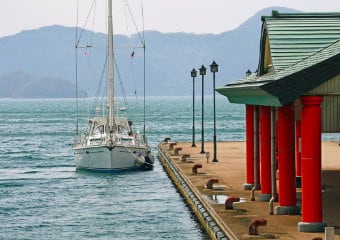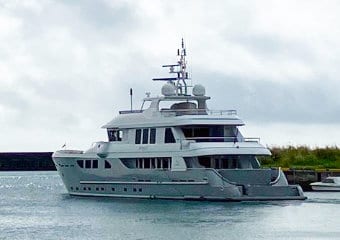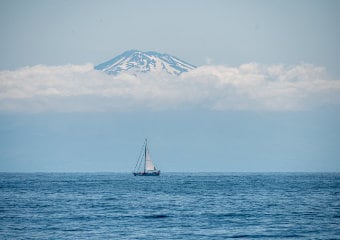Welcome to "Kirk's Take"
In this occasional column, I cover a marine-related topic and present news and information on matters related to Japan's oceans and marine tourism.
Feel free to contact me if you have questions or comments on anything in "Kirk's Take" or want to suggest a topic for me to cover in a future issue.
Thanks for reading!





